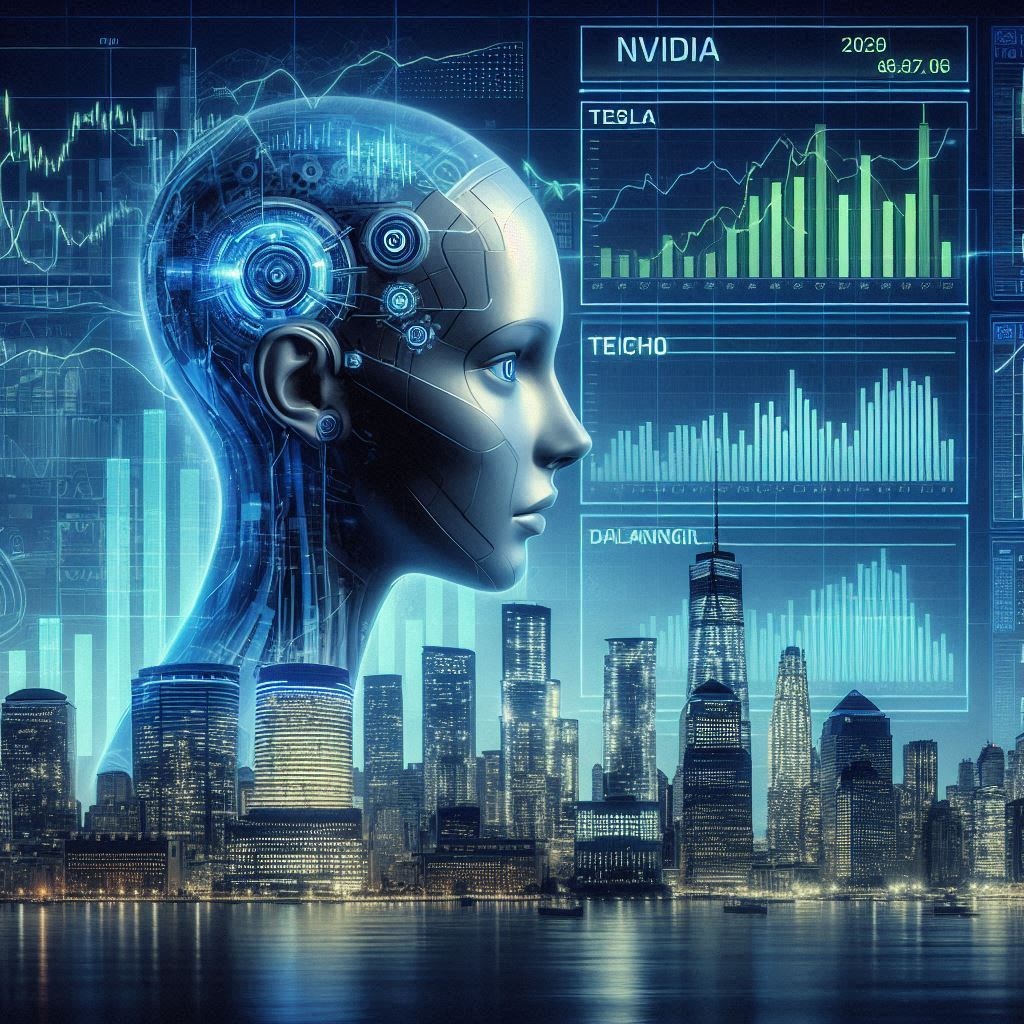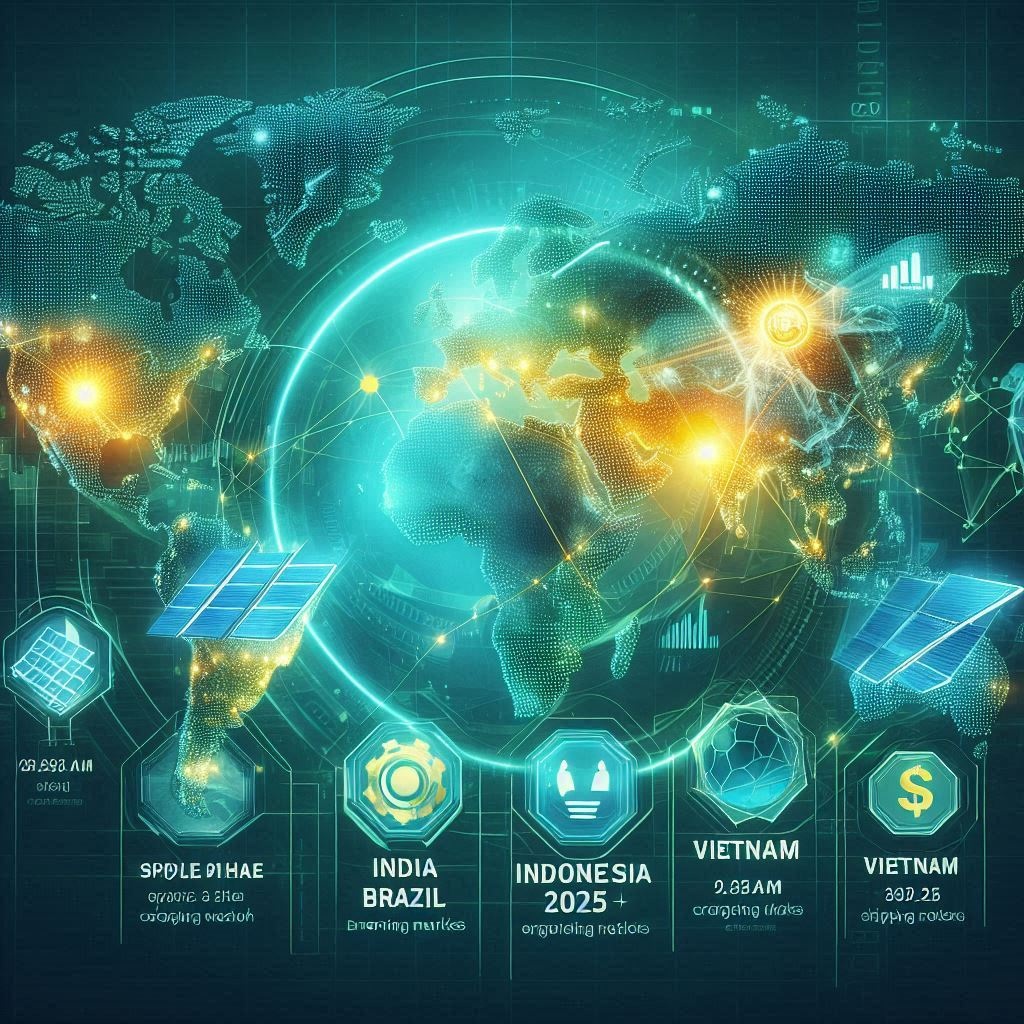The AI Inflection Point in Global Employment
As we move through 2025, the world stands at a turning point. Artificial intelligence and automation are no longer emerging technologies—they are now deeply embedded in the global economy. From logistics to legal services, AI is streamlining operations and reshaping what it means to work across continents.
In this article, we explore how AI-driven automation is disrupting labor markets, creating new opportunities, and forcing industries—and societies—to adapt fast.
The Rise of Intelligent Automation in the Global Workforce
AI is rapidly moving beyond traditional robotic process automation (RPA) into intelligent decision-making. In 2025, we’re witnessing a surge in AI applications like:
- AI-powered customer support replacing large human call centers
- Autonomous logistics systems streamlining global supply chains
- Smart financial advisors offering portfolio management at scale
- AI in healthcare, aiding diagnostics and treatment plans
Key Statistic: According to a World Economic Forum 2025 update, over 85 million jobs are expected to be displaced, while 97 million new roles will emerge that are better adapted to this new division of labor between humans and machines.
Regional Impacts – How Continents Are Adapting
North America:
Companies are investing heavily in AI but are also experiencing pushback from labor unions. There’s a surge in retraining programs, particularly in manufacturing and IT services.
Europe:
The EU is focused on ethical AI regulation and protecting workers’ rights. Automation is high in logistics and finance, but social safety nets are cushioning disruption.
Asia-Pacific:
China and India are leading in AI deployment in smart cities, agriculture, and fintech. Governments are pushing digital upskilling initiatives to avoid unemployment spikes.
Africa & Latin America:
Emerging markets are embracing automation in agriculture, mobile finance, and retail. However, lack of infrastructure and capital remains a barrier to large-scale integration.
Which Jobs Are at Risk—and Which Are Growing?
At-Risk Sectors (high automation potential):
- Data entry
- Customer service
- Retail checkout operations
- Transport and warehousing
High-Growth Sectors (human-AI collaboration):
- AI prompt engineering
- Cybersecurity analysts
- Healthcare technicians
- Renewable energy engineers
- Creative industries (media, marketing, design)
The Societal Impact: Inequality or Opportunity?
The speed of AI adoption in 2025 is raising serious societal questions:
- Will automation deepen the wage gap?
- Can developing nations leapfrog economic stages with AI?
- Is universal basic income a viable solution?
Governments and organizations that prioritize education, digital infrastructure, and inclusive AI governance will be better positioned to turn automation into opportunity.
Actionable Insights for Professionals and Investors
Whether you’re an employee or investor, you must adapt quickly:
- Upskill with AI-focused certifications in fields like machine learning, data science, and digital marketing.
- Diversify investment portfolios into AI-aligned sectors such as semiconductors, cloud infrastructure, and edtech.
- Embrace lifelong learning—automation will reward the agile and punish the static.
A Reshaped Economic Future
AI and automation are not eliminating work—they are transforming it. In 2025, the most resilient economies and individuals are those who embrace change, invest in education, and rethink the future of labor.




